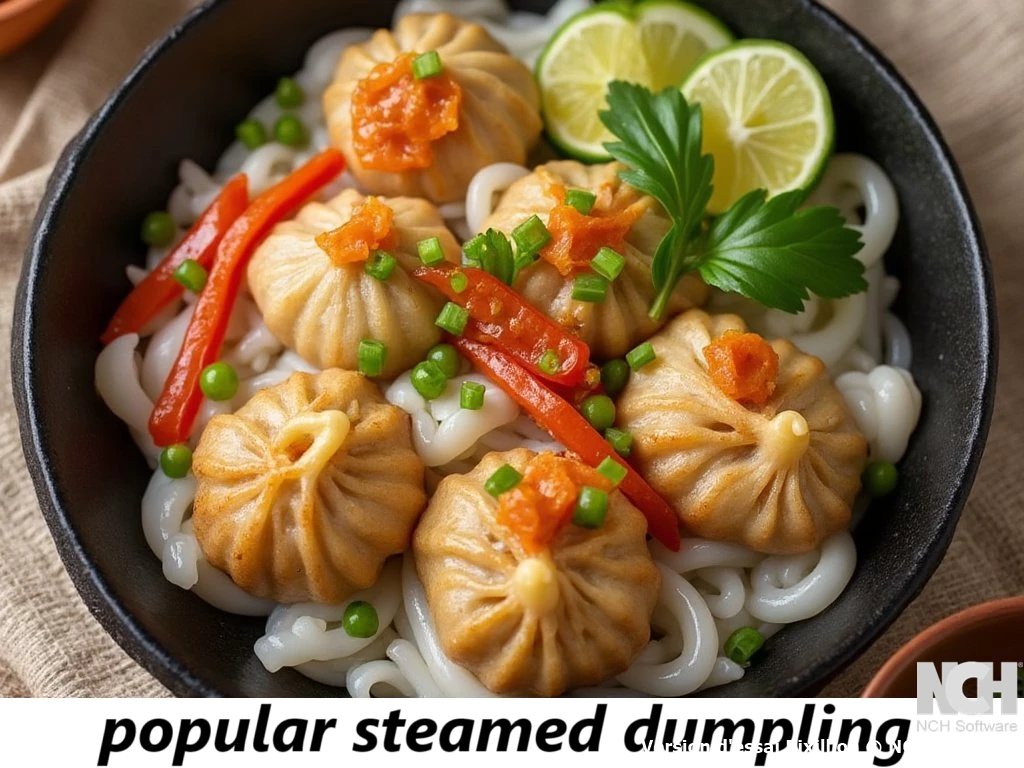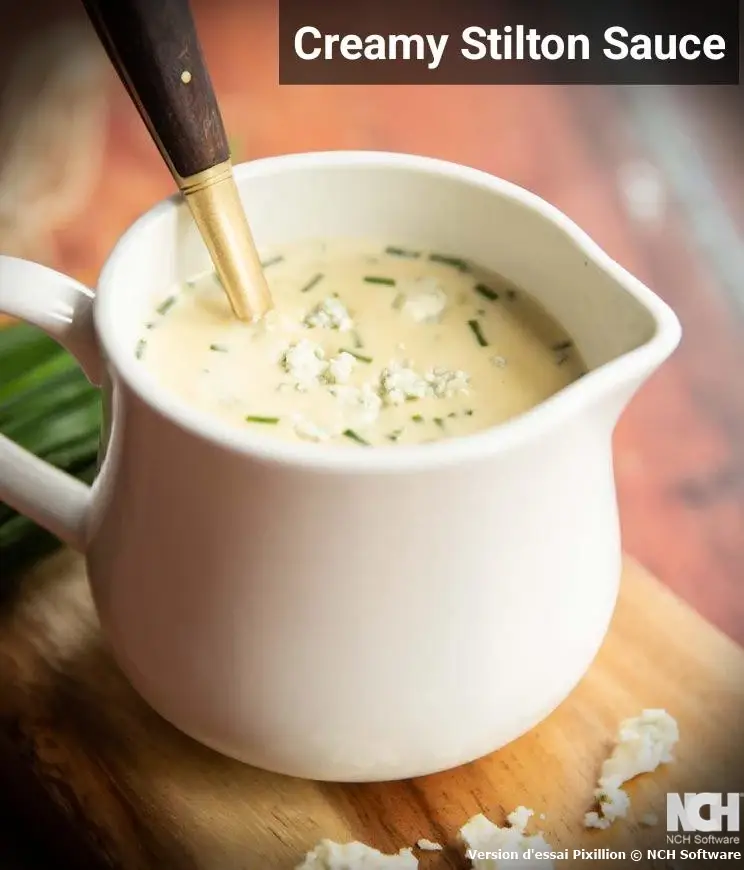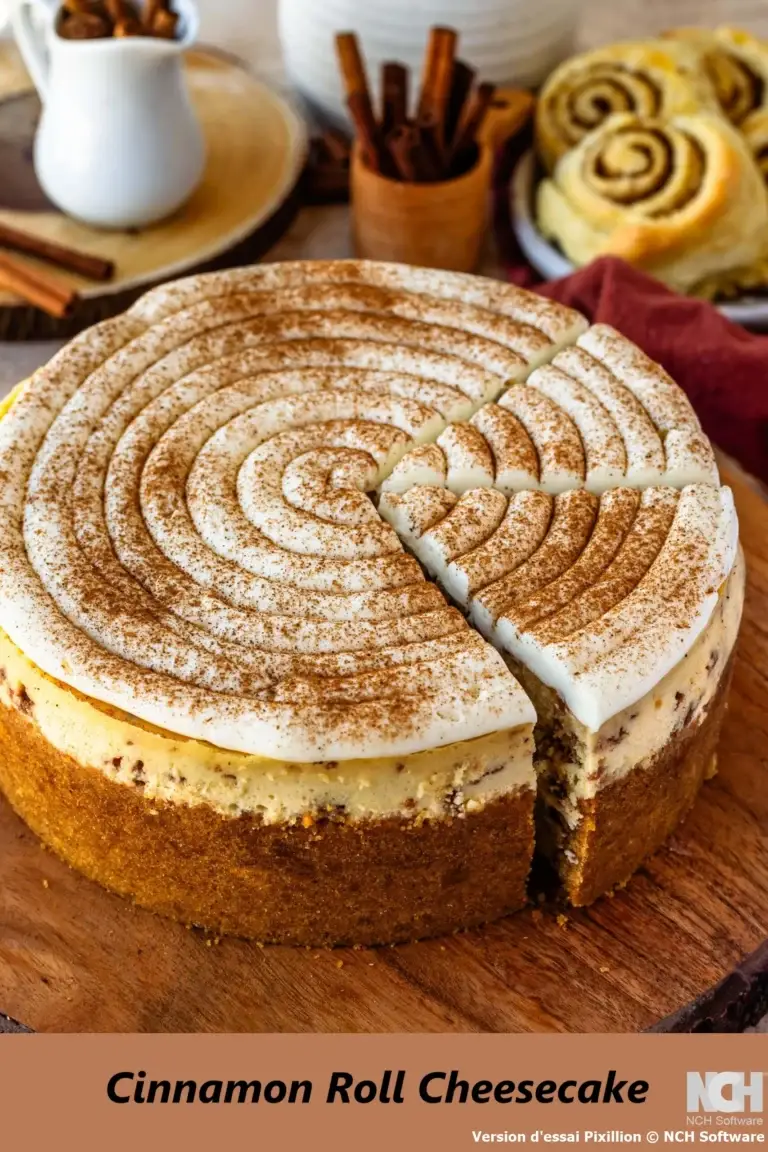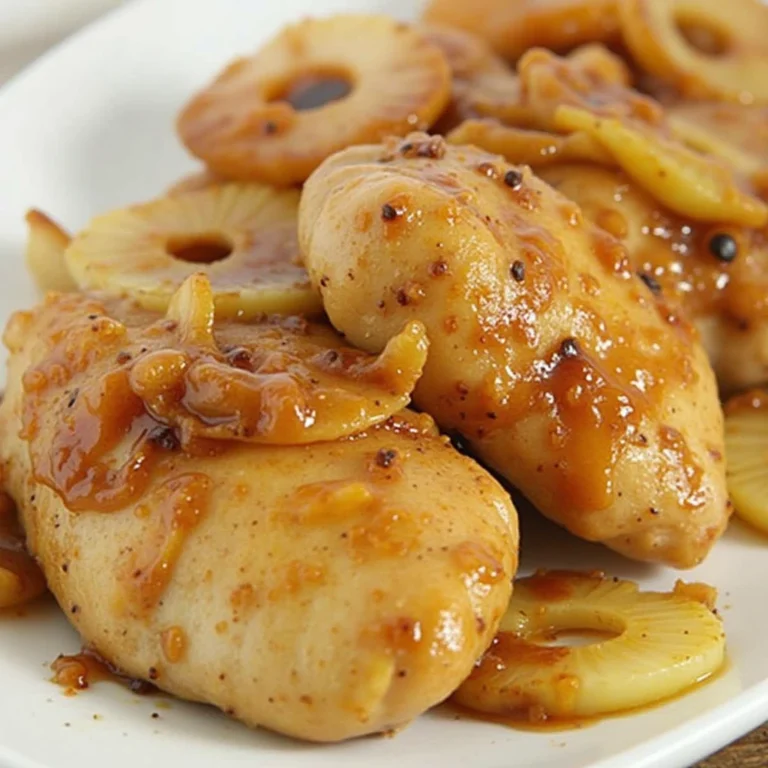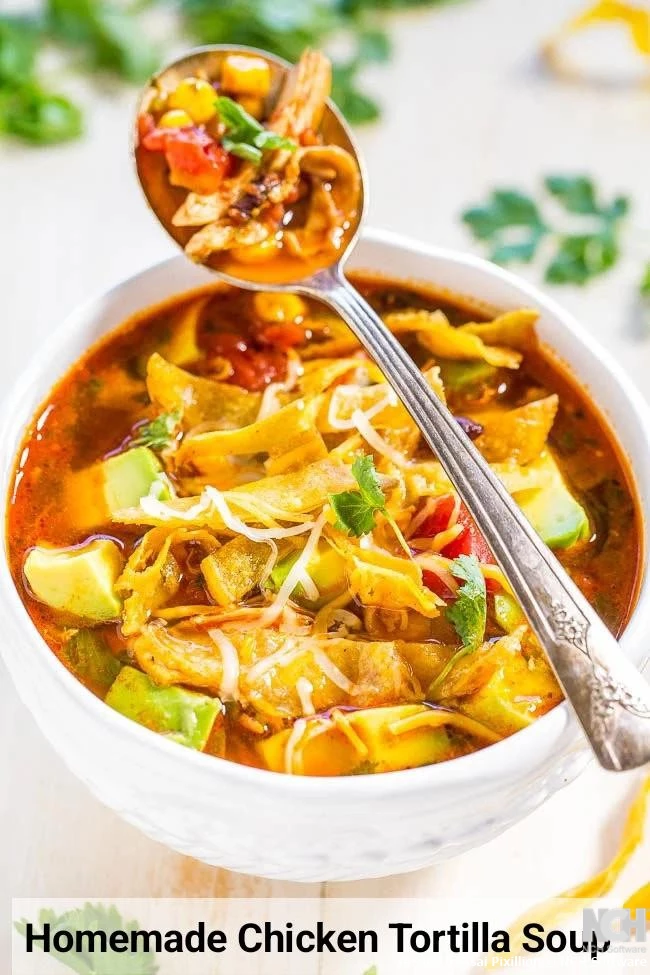Homemade Steamed Dumplings with Simple Wrappers
Table of Contents
Introduction
Did you know that approximately 87% of home cooks believe making steamed dumplings from scratch requires professional culinary skills, yet the reality is that these beloved comfort foods can be mastered in your own kitchen with surprisingly simple techniques? This misconception has prevented countless food enthusiasts from experiencing the satisfaction of creating authentic steamed dumplings that rival those found in the finest Asian restaurants. The art of crafting these delicate parcels of flavor has been refined over centuries, originating from the mountainous regions of Nepal and Tibet where they are known as momo. Today, we will demystify the process and guide you through creating restaurant-quality steamed dumplings using basic ingredients and straightforward methods that deliver exceptional results every time.
Ingredients List
Creating exceptional steamed dumplings begins with selecting the right combination of fresh, quality ingredients that work harmoniously together. The foundation of any great dumpling lies in its perfectly balanced dough and flavorful filling.
For the Wrapper Dough:
- 2 cups all-purpose flour (bread flour can be substituted for a chewier texture)
- 1 teaspoon salt
- 1/2 cup warm water (temperature should be comfortable to touch)
- 1 tablespoon vegetable oil (neutral oils like canola or sunflower work excellently)
For the Savory Filling:
- 1 pound ground pork or beef (turkey or chicken can be substituted for lighter options)
- 1/2 cup finely chopped cabbage (provides essential moisture and crunch)
- 1/4 cup chopped carrots (adds natural sweetness and vibrant color)
- 1/4 cup chopped spring onions (green onions work as an excellent alternative)
- 1 tablespoon soy sauce (low-sodium versions maintain flavor while reducing salt content)
- 1 teaspoon fresh ginger paste (ground ginger can substitute at half the quantity)
- 1/2 teaspoon garlic paste (fresh minced garlic provides superior flavor)
- Salt and freshly ground black pepper to taste
For Serving:
- Vegetable broth (chicken or mushroom broth can enhance the experience)
- Premium soy sauce for dipping
- Hot sauce or chili oil for heat enthusiasts
- Freshly chopped green onions for garnish
Timing
Mastering steamed dumplings requires understanding the time investment, which totals approximately 90 minutes from start to finish. This represents roughly 20% less time than traditional dumpling recipes that require extensive resting periods. The preparation phase demands 45 minutes, including 30 minutes of crucial dough resting time that allows gluten development for optimal wrapper texture. Active cooking time spans just 15 minutes for steaming, while assembly typically requires 30 minutes depending on your folding proficiency. This efficient timeline makes homemade steamed dumplings an achievable weeknight dinner option when planned appropriately.
Step-by-Step Instructions
Preparing the Perfect Dumpling Dough
Begin your dumpling journey by combining 2 cups of all-purpose flour with 1 teaspoon of salt in a large mixing bowl. Create a well in the center and gradually pour in the warm water while simultaneously adding the vegetable oil. Using clean hands or a wooden spoon, mix the ingredients until they form a shaggy dough. Transfer to a clean work surface and knead vigorously for 8-10 minutes until the dough becomes smooth, elastic, and slightly tacky to the touch. Wrap the dough tightly in plastic wrap and allow it to rest for exactly 30 minutes at room temperature, which enables proper gluten development for pliable wrappers.
Crafting the Flavorful Filling
While your dough rests, prepare the filling by combining the ground meat with all vegetables and seasonings in a large bowl. Mix thoroughly using your hands to ensure even distribution of flavors, taking care not to overmix which can result in dense, tough dumplings. The filling should hold together when pressed but remain moist and aromatic. Taste and adjust seasoning as needed, remembering that flavors will concentrate during the steaming process.
Assembling Your Dumplings
Remove the rested dough from plastic wrap and divide it into approximately 24-30 equal portions, each roughly the size of a golf ball. Working with one piece at a time while keeping others covered, roll each portion into a thin circle approximately 3-4 inches in diameter. Place 1 tablespoon of filling in the center of each wrapper, being careful not to overfill which can cause bursting during cooking.
Mastering the Folding Technique
Bring the edges of the wrapper up and around the filling, creating pleats as you work around the circumference. Pinch and twist the top to create a secure seal, ensuring no air pockets remain trapped inside. The traditional pleating method involves making 15-18 small folds around the filling, but beginners can achieve excellent results with simpler half-moon shapes sealed firmly along the edges.
Steaming to Perfection
Bring a large pot of water to a rolling boil and place your steamer basket securely on top. Arrange the assembled dumplings in the steamer, ensuring they do not touch each other to prevent sticking. Cover with a tight-fitting lid and steam for 10-15 minutes, depending on the size of your dumplings. Properly cooked dumplings will appear translucent and feel firm when gently pressed.
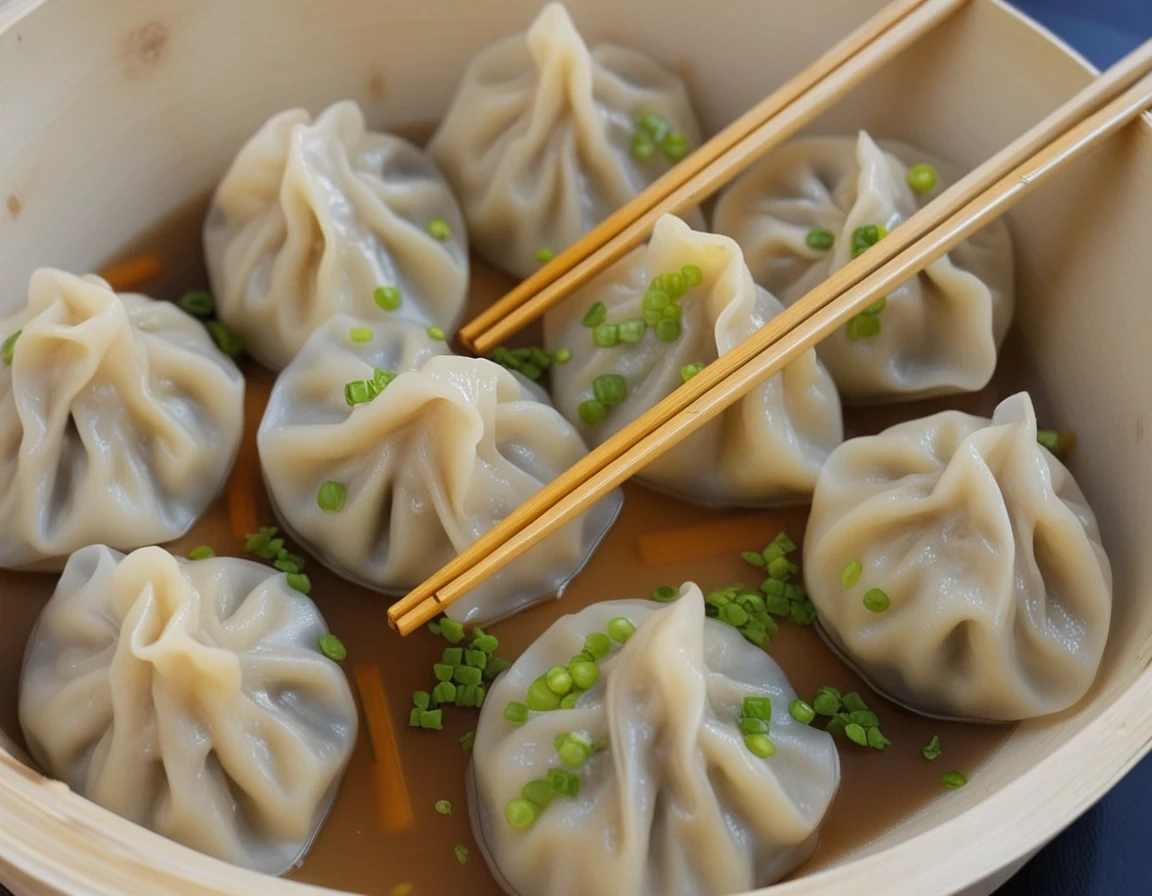
Nutritional Information
Homemade steamed dumplings provide excellent nutritional value while remaining relatively moderate in calories. Each serving of 4-5 dumplings contains approximately:
Per Serving (5 dumplings):
- Calories: 285-320
- Protein: 18-22 grams
- Carbohydrates: 32-38 grams
- Fat: 8-12 grams
- Fiber: 2-3 grams
- Sodium: 450-580 milligrams
The high protein content makes these dumplings particularly satisfying, while the steaming cooking method significantly reduces fat content compared to fried alternatives. The inclusion of vegetables provides essential vitamins and minerals, particularly vitamin A from carrots and vitamin C from cabbage.
Healthier Alternatives for the Recipe
Transform your steamed dumplings into nutritional powerhouses through strategic ingredient modifications that maintain authentic flavors while enhancing health benefits. Replace traditional all-purpose flour with whole wheat flour for increased fiber content, or experiment with alternative flours such as spelt or oat flour for unique textures and added nutrients.
For the filling, consider incorporating lean ground turkey or chicken breast instead of pork or beef to reduce saturated fat content. Vegetarian options work exceptionally well using finely chopped mushrooms, tofu, or lentils combined with additional vegetables like bell peppers, water chestnuts, or bamboo shoots for varied textures and flavors.
Boost the vegetable content by increasing the ratio of cabbage and carrots while adding finely diced celery, spinach, or bok choy. These modifications not only enhance nutritional density but also create more colorful and visually appealing dumplings that appeal to health-conscious diners.
Serving Suggestions
Elevate your steamed dumpling experience through thoughtful presentation and complementary accompaniments that honor traditional serving methods while appealing to contemporary tastes. Serve your freshly steamed dumplings in bamboo steamer baskets for authentic presentation, accompanied by small bowls of warm vegetable broth for dipping.
Create an interactive dining experience by offering multiple dipping sauce options including classic soy sauce, spicy chili oil, black vinegar with julienned ginger, or fusion options like peanut sauce or sweet and sour preparations. Fresh herbs such as cilantro, mint, or Thai basil provide aromatic garnishes that enhance both visual appeal and flavor complexity.
Consider serving steamed dumplings as part of a larger Asian-inspired meal alongside stir-fried vegetables, jasmine rice, or fresh cucumber salad. For entertaining, arrange dumplings on a large platter with various sauces and garnishes, allowing guests to customize their dining experience according to personal preferences.
Common Mistakes to Avoid
Successful dumpling preparation requires attention to detail and awareness of potential pitfalls that can compromise texture and flavor. The most frequent error involves using water that is either too hot or too cold when preparing the dough, which affects gluten development and wrapper pliability. Water temperature should be comfortably warm to the touch, approximately 100-110°F for optimal results.
Overfilling dumplings represents another common challenge that leads to bursting during cooking and messy presentation. Limit filling to approximately 1 tablespoon per dumpling, ensuring adequate wrapper surface remains for proper sealing. Additionally, failing to eliminate air pockets during assembly can cause dumplings to burst or cook unevenly.
Inadequate steaming time or insufficient water levels can result in undercooked dumplings with tough, chewy wrappers. Maintain consistent steam throughout the cooking process and avoid lifting the lid unnecessarily, which releases essential steam and extends cooking time.
Storing Tips for the Recipe
Proper storage techniques ensure your homemade steamed dumplings maintain optimal quality for future enjoyment. Uncooked assembled dumplings can be frozen on parchment-lined baking sheets, then transferred to freezer bags once solid, maintaining quality for up to three months when stored at 0°F.
For short-term storage, refrigerate uncooked dumplings for up to 24 hours on lightly floured plates covered with damp towels to prevent drying. Cooked dumplings can be refrigerated for 3-4 days in airtight containers and reheated using gentle steaming methods to restore texture.
When reheating frozen dumplings, steam directly from frozen state, adding 3-5 additional minutes to the original cooking time. This method preserves texture better than thawing, which can make wrappers soggy and compromise structural integrity.
Conclusion
Homemade steamed dumplings with simple wrappers represent an achievable culinary adventure that delivers restaurant-quality results through fundamental techniques and fresh ingredients. The combination of tender, hand-rolled wrappers and savory, well-seasoned filling creates satisfying comfort food that brings families together around the dining table while celebrating traditional Asian cooking methods.
Ready to embark on your dumpling-making journey? Try this recipe today and share your results in our comments section below. We encourage you to experiment with different filling combinations and share your creative variations with our community. Subscribe to our blog for weekly recipe updates, cooking tips, and culinary inspiration that will expand your home cooking repertoire.
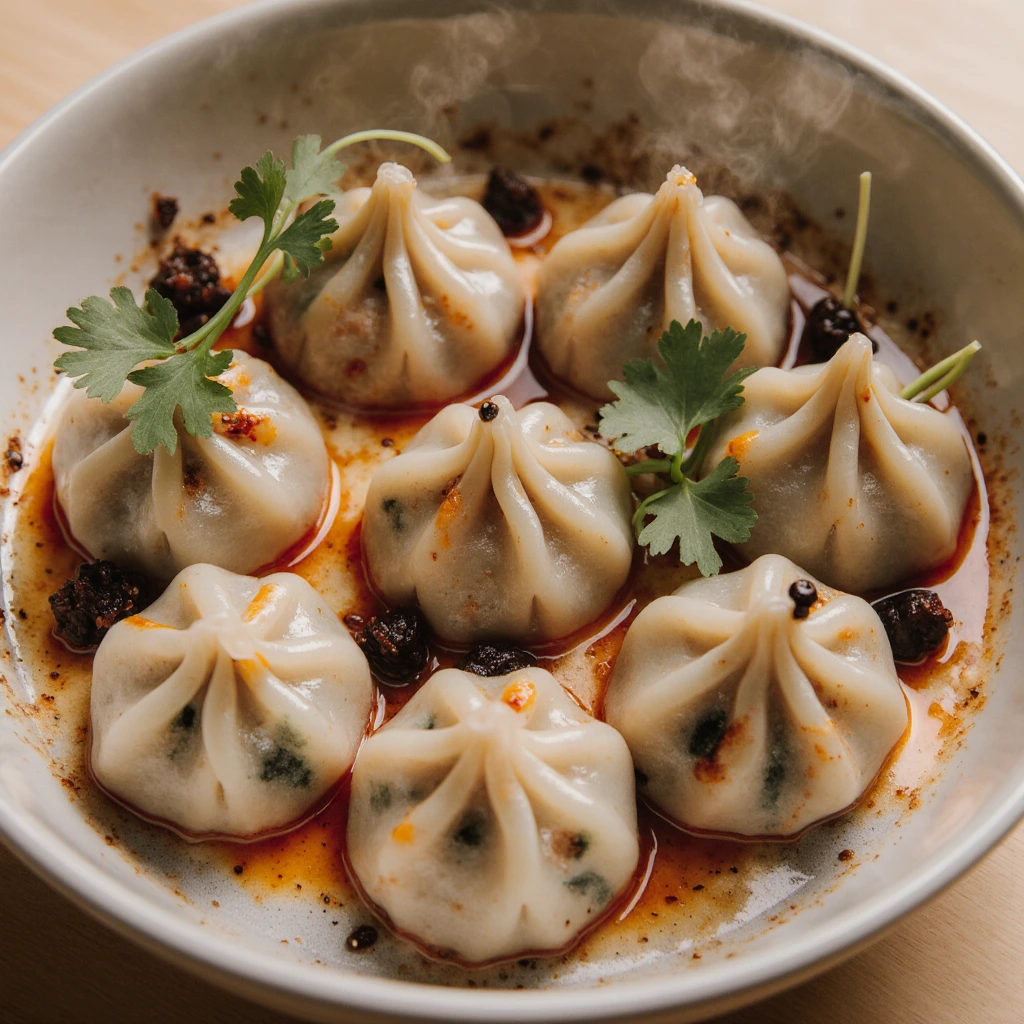
FAQs
Can I make dumpling wrappers ahead of time? Dumpling wrappers can be prepared up to 24 hours in advance when stored properly. Roll the wrappers, dust lightly with flour, and stack with parchment paper between layers. Cover tightly with plastic wrap and refrigerate. Allow them to come to room temperature for 15-20 minutes before filling to ensure pliability.
What should I do if my dumpling wrappers keep tearing? Tearing wrappers typically indicate insufficient gluten development or overly dry dough. Ensure adequate kneading time and proper dough hydration. If wrappers become dry during assembly, lightly brush edges with water to restore pliability and improve sealing capability.
How can I tell when my steamed dumplings are fully cooked? Properly cooked steamed dumplings will appear slightly translucent and feel firm when gently pressed. The wrappers should not appear raw or doughy, and the filling should reach an internal temperature of 165°F for food safety when using raw meat.
Can I use a regular pot if I don’t have a steamer basket? Yes, you can create an improvised steamer using a regular pot with a tight-fitting lid. Place a heatproof plate or shallow bowl upside down in the pot, add water to just below the plate level, and arrange dumplings on a heatproof dish placed on top of the inverted plate.
What’s the best way to prevent dumplings from sticking together? Prevent sticking by ensuring adequate spacing between dumplings in the steamer and lightly oiling the steamer surface. Additionally, avoid overcrowding and ensure the bottom of each dumpling is lightly dusted with flour before placing in the steamer.
Looking for a hearty meal? Try our delicious (beef) recipes, packed with bold flavors and tender cuts of meat.

